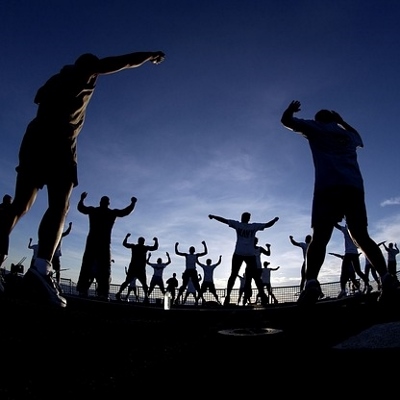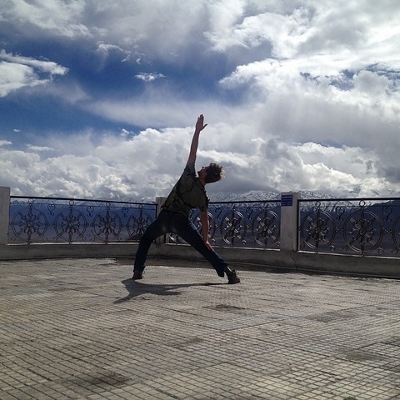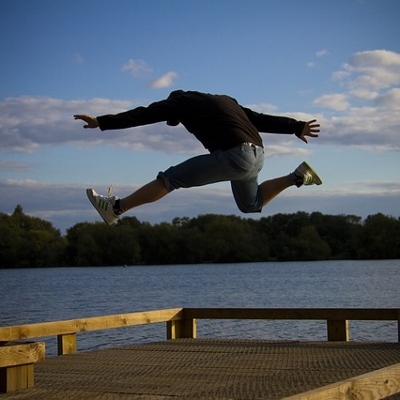I used to think that there were two forms of stretching– dynamic and static. I was told that dynamic stretching was better for you and that you should only do static stretching if you were extremely warmed up. However, that is only what I was taught. Here is some more information about the different types of stretching:
Dynamic stretching involves moving parts of your body. In dynamic stretching, one gradually increases the speed and reach of each movement. Dynamic stretching is typically done by completing an exercise while walking, such as lifting each leg and touching your toes in an alternating pattern.
Static stretching is stretching that involves holding a position for a set amount of time. This position is the farthest point that you can reach. Passive stretching is a term that is sometimes used interchangeably with static stretching, but some people say that there is a difference between the two of them. This difference would be that passive stretching involves relaxing and using no extra personal effort to increase the range of movement. Instead, an external force is applied mechanically or manually.
Ballistic stretching is similar to dynamic stretching. In ballistic stretching, one uses the momentum of their moving body to stretch and force the body past its normal range of motion. It is the type of stretching in which one “bounces” into or out of a position. It is not recommended because many people overstretch their muscles when stretching in this manner. It can cause the muscles to tighten up or pull instead of being able to adjust to and get used to the desired stretched position.
Active stretching also can be referred to as static-active stretching. This type of stretching involves holding a position using only your own muscle strength. For instance, grabbing your leg and holding it there with your arm instead of using your leg muscles is active stretching.
There are a few other types of stretching, but these are just some of the basic ones.





